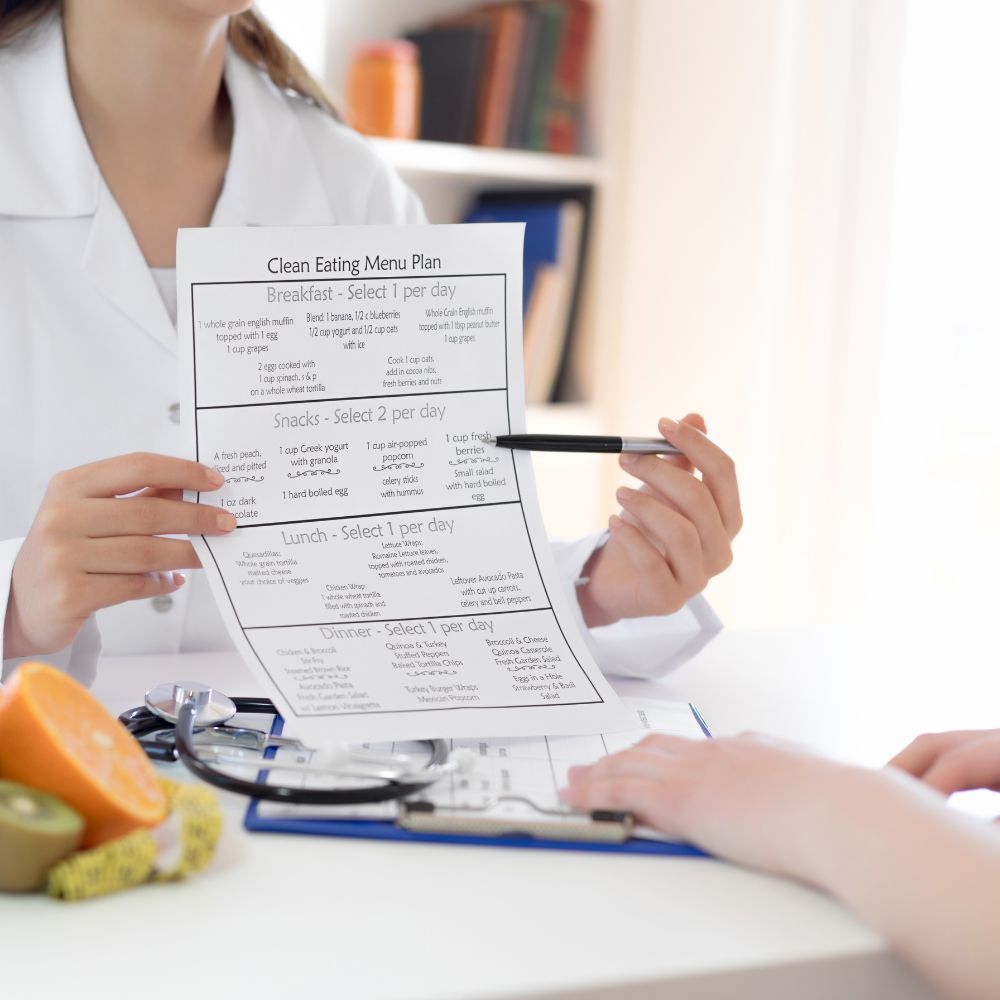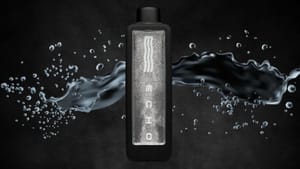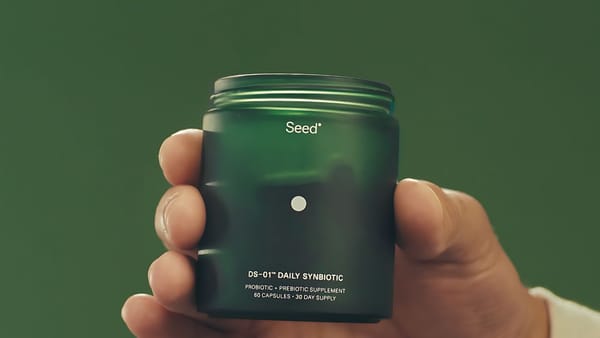Proper Ozempic storage is essential for maintaining its effectiveness. Think of it like storing fresh produce; just as fruits and vegetables need certain conditions to stay fresh and safe to eat, Ozempic needs specific conditions to maintain its potency. Understanding the storage and refrigeration requirements for Ozempic is crucial to getting the proper potency.
Ozempic, also known as semaglutide, is an FDA-approved medication designed to help manage blood sugar levels in adults with type 2 diabetes. It is a glucagon-like peptide-1 (GLP-1) receptor agonist, which means that it works by mimicking the functions of natural hormones in the body to regulate insulin levels and slow digestion.
How Ozempic Usually Comes from Pharmacy
Ozempic, or semaglutide, comes from the pharmacy in a specific format designed to make the administration of the medication as simple and convenient as possible. The semaglutide injection is delivered in a pre-filled, disposable injection pen that's intended for subcutaneous injection, which means it's injected just under the skin, such as the upper arm. Each pen contains 2 mg of Ozempic in a 1.5 mL solution, and each dose is dialed on the pen. The Ozempic pens come with a set of needles that are attached to the pen for each Ozempic injection and then properly disposed of after use.
The packaging also includes detailed instructions on how to use the pen, pen cap, administer the medication, and safely dispose of used needles. The medication should arrive in a cooled package due to its need to be refrigerated until first use and treatment initiation. Once you start using a pen, it can be stored at room temperature or in the refrigerator. Proper storage is crucial to maintain the effectiveness of the medication. Your pharmacist can provide additional guidance on proper storage, administration and how their pen delivers doses of Ozempic, ensuring you get the most benefit from this medication.
Storage and Refrigeration of Ozempic
Importantly, Ozempic has specific storage and refrigeration requirements. The medication should be stored in the refrigerator at a temperature between 36°F to 46°F (2°C to 8°C) until the expiration date. Once opened, the Ozempic pen can be kept at room temperature below 86°F (30°C) or in the refrigerator for a maximum of 56 days.
Here are some tips for storing Ozempic safely at home:
- Always keep Ozempic in its original box to protect it from light.
- Do not store it near the cooling element or the door of the fridge where the temperature can fluctuate.
- Keep it out of reach of children.
- Once you open an Ozempic pen, mark it with that day's date so you'll know when the 56-day period is up.
- If you notice that your medication has expired or is not used, do not use it. Instead, follow the disposal instructions provided by your pharmacist or healthcare provider.
Traveling with Ozempic
It's vital to ensure you understand how to correctly store your medication, Ozempic, while traveling. The effectiveness of Ozempic can be compromised if not stored properly, especially when you're on the go. Ideally, Ozempic pens should be stored in a refrigerator between 36°F to 46°F (2°C to 8°C). However, when you're traveling, this might not always be possible. If you're unable to refrigerate it, the medication can be kept at room temperature below 86°F (30°C) for up to 56 days.
When transporting Ozempic, keep it secure in its original packaging to protect it from light and accidental damage. For air travel, pack the medication in your carry-on luggage to prevent it from being exposed to extreme temperatures in the cargo hold, where it is possible to freeze Ozempic. It is better to keep it at room temperature. The Transportation Security Administration (TSA) allows passengers to bring medications in liquid form in carry-on luggage, even in quantities greater than the usual limit for liquids.
For road or rail travel, avoid leaving the medication in a car or train compartment where it could be exposed to high temperatures. Also, try to avoid storing it in direct sunlight. Consider using a cooler or insulated bag to help maintain a consistent temperature.
Remember, once you've started using an Ozempic prefilled pen, mark it the same day with that day's date so you'll know when the 56-day period is up. Always discard the medication if it has been exposed to temperatures above 86°F (30°C), even if it's within the 56-day usage period.
Planning ahead and taking these steps will ensure your medication remains effective throughout your journey, helping you maintain stable blood sugar levels while you enjoy your travels.
Importance of Proper Storage and Handling
Not refrigerating Ozempic can have significant effects, similar to leaving dairy products out of the fridge. Just as milk can spoil and become unsafe to consume, Ozempic can lose its effectiveness if not stored correctly. This could lead to sub-optimal blood sugar control, which can have serious health implications for individuals with type 2 diabetes.
Using expired or improperly stored Ozempic can also pose risks. The medication may not work as intended, leading to unstable blood sugar levels. This could potentially cause symptoms of high blood sugar such as frequent urination, increased thirst, and fatigue, among others.
Adhering to these storage and handling requirements is vital to maintain the efficacy of Ozempic. Improper storage conditions can negatively affect the potency of the medication, leading to less effective blood sugar control. Additionally, improper handling can result in contamination of the medication, which can pose additional health risks.
In short, proper storage and handling of Ozempic are integral to ensuring its effectiveness in managing type 2 diabetes. Always consult with your healthcare provider or pharmacist if you have any questions or concerns about storing your medication. Your health and safety should always be your top priority.
Other Considerations
While Ozempic is not a weight loss medication or chronic weight management, some patients have reported weight loss as a side effect. Think of it as an unexpected bonus rather than the main goal. However, the primary purpose of Ozempic is to help manage blood sugar levels, stimulating insulin release and improve overall health outcomes for people with type 2 diabetes.
Ozempic is a tool in managing type 2 diabetes, acting as a master key to help regulate blood sugar levels. As always, any medication decisions should be made in consultation with a trusted medical professional.

Common Side effects
Semaglutides, such as Ozempic, are medications primarily used to manage blood sugar levels in adults with type 2 diabetes. Like any medication, they come with potential side effects. The most common side effects of semaglutides include gastrointestinal issues such as nausea, vomiting, diarrhea, and abdominal pain. These symptoms usually subside after a few weeks of using the medication.
Other common side effects include constipation and tiredness. Some patients may also experience swelling, redness, or itching at the injection site. Less common but more serious side effects can include a lump or swelling in the neck, hoarseness, and difficulty swallowing.
Long-term use of semaglutides might result in symptoms such as sweating, headaches, shakiness, anxiety, dizziness, tingling around the mouth, and pale skin. Again, it's important to contact a healthcare provider immediately if any of these symptoms occur. Understanding these side effects can help patients manage them better and communicate effectively with their healthcare providers about their experiences with the medication.
Peptidvite may alleviate these side effects.
Who Should Avoid Using Ozempic?
People with a history of thyroid tumors or thyroid cancer, those with a history of pancreatitis, and people with a history of severe gastrointestinal problems should avoid using Ozempic. Pregnant or nursing women should also consult their healthcare provider before starting this medication.
Safe and Proper Disposal of Ozempic
Unused Ozempic pens or expired doses of Ozempic should not be discarded in the household trash where they can harm the environment and potentially be accidentally ingested by children or pets. Proper disposal is crucial to avoid these risks.
Look for medication take-back programs:
Many communities have these programs to help people dispose of unused or expired medications safely. These are often found at local pharmacies or law enforcement facilities.
Ask your pharmacist for guidance:
If you're unsure about how to dispose of your unused Ozempic pens or other medication, ask your pharmacist. They can provide information about local take-back programs or other safe disposal methods.
At-home disposal if no take-back program is available:
If a take-back program isn't an option, you can dispose of the medication at home. First, remove the Ozempic pen and pen cap from its original container. Then, mix it with an unpalatable substance like used coffee grounds or cat litter. Place this mixture in a sealable bag, empty can, or other household container that prevents leakage. Finally, throw this container into your household trash.
Disposal of needles:
Used needles should never be thrown directly into the trash. Instead, place them in a sharps disposal container. Once the container is full, follow your community guidelines for proper disposal.
Remember, proper disposal of medications like Ozempic is important for protecting our environment and preventing accidental ingestion by children or pets. Always discard your medication responsibly.
Conclusion
In conclusion, proper storage and handling of Ozempic are crucial to maintain its efficacy. Whether you're at home or traveling, remember to keep the medication refrigerated or at a safe room temperature, always secure it during transport, and pay attention to its expiration date. If you have any concerns or questions about storing Ozempic, don't hesitate to consult with your pharmacist or healthcare provider. They can provide guidance tailored to your specific circumstances. By understanding and following these guidelines, you can ensure that your medication remains effective, helping you manage your Type 2 Diabetes successfully.
As always, consult with your physician before starting any new regimen to check about potential interactions with other supplements or medications. The information presented in this document is purely for educational purposes and should not be construed as medical advice.
While every effort has been made to ensure the accuracy and reliability of the information provided, all health-related decisions should be made in consultation with a qualified healthcare professional. The author does not take any liability for the health decisions made by the reader.











